The Hubble Space Telescope has taken an incredible image of the Prawn Nebula floating in deep space.
Learn more about how the telescope captured the image that made it look like Christmas time in space.
What's the Prawn Nebula?
According to NASA, the Prawn Nebula, also known as IC 4628, is a huge star nursery situated about 6,000 light years from Earth in the constellation Scorpius.
The gas in IC 4628 has been energized, or ionized, by the radiation of surrounding stars, making it an emission nebula. The nebula's hydrogen atoms are stripped of electrons by the radiation from these massive stars.
"As the energized electrons revert from their higher-energy state to a lower-energy state by recombining with hydrogen nuclei, they emit energy in the form of light, causing the nebula's gas to glow," NASA explained.
The space agency clarified that the color red shows the presence of ionized iron (Fe II) emission in this image.
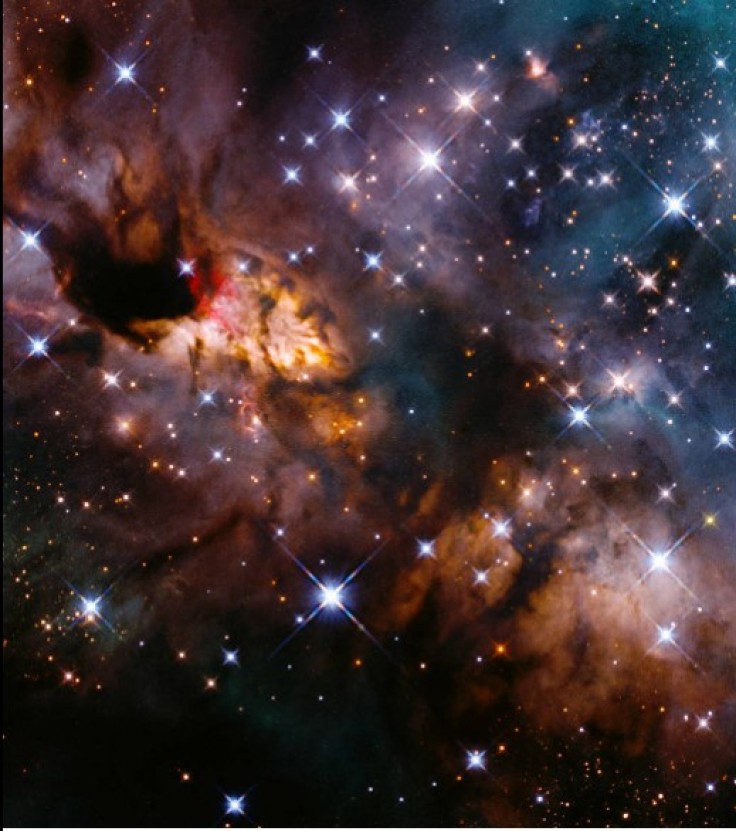
Why Is Hubble's Photo of the Prawn Nebula Considered a Major Scientific Achievement?
Even though the nebula spans 250 light-years and covers an area four times the size of the full moon, it emits light at wavelengths that the human eye cannot detect, making it exceedingly faint to observers on Earth, said NASA.
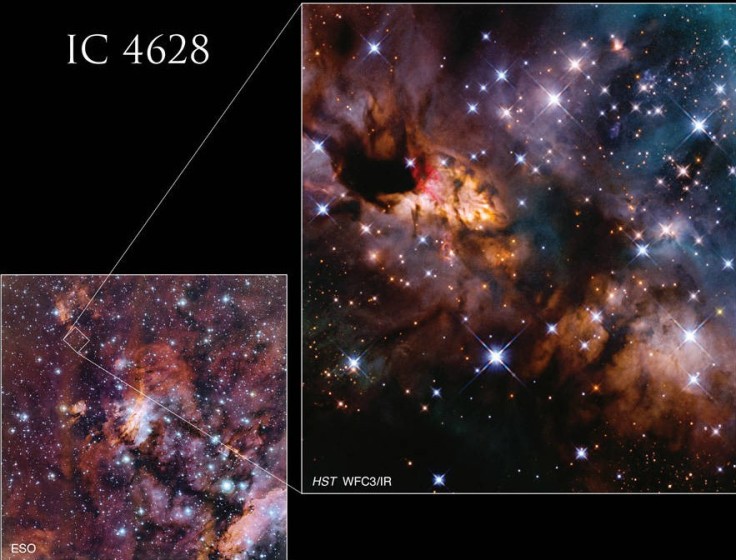
However, Space.com noted that thanks to Hubble's vantage point in space and its array of cameras, the nebula's structure, including bright areas of glowing gas and dazzling star formation, can now be seen up close.
How Did the Hubble Telescope Capture This Magnificent Image?
The Prawn Nebula, which is floating through deep space, has been photographed by the Hubble Space Telescope.
Space.com explained that the image was captured with Hubble's Wide Field Camera 3 as part of a wider survey of massive and intermediate-sized stars in their early stages of development, also known as protostars.
Read also: #SpaceSnap: Hubble Space Telescope's Photo of Gas Clouds Inside NGC 1977 in The Running Man Nebula
What Else Did the Hubble Telescope Capture?
Behold because the Prawn Nebula is not the only thing that the Hubble Telescope has captured to date. Some of the most interesting photographs courtesy of the telescope are shown below:
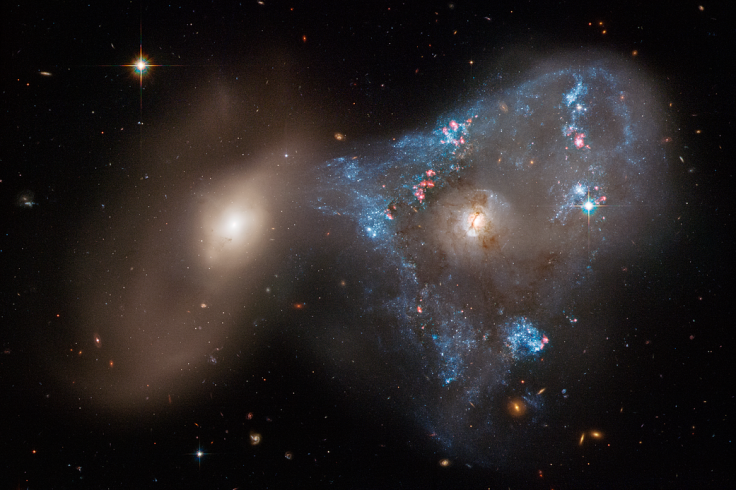
According to NASA, the image above is a "spectacular head-on collision between two galaxies fueled the unusual triangular-shaped star-birthing frenzy."
The NGC 2445 is the more dazzling spiral galaxy on the right, whereas the NGC 2444 is on the left. Arp 143 is the collective name for them. [read more in this report]
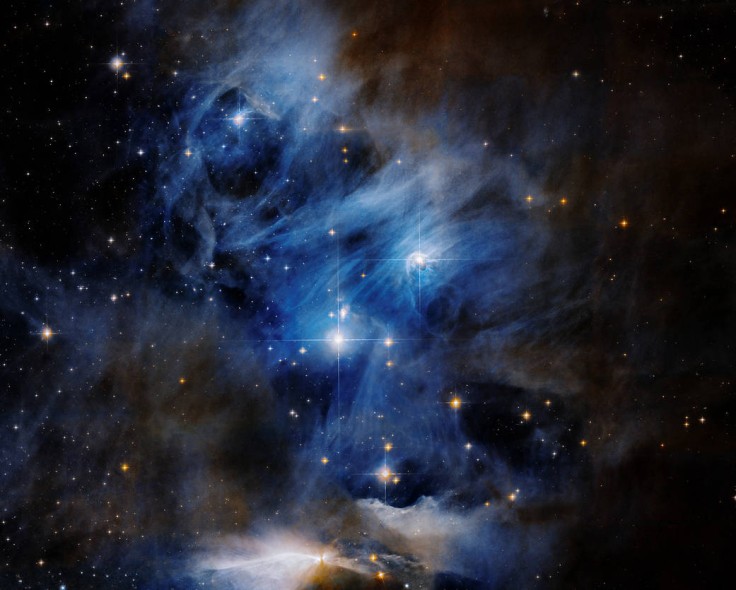
The image above from the Hubble Space Telescope shows one of the three segments of the Chameleon Cloud Complex. It's a photograph of a portion known as Chamaeleon Cloud I.
Hubble's Advanced Camera for Surveys and the Wide Field and Planetary Camera 2 were used to take the photo. [read more in this report]
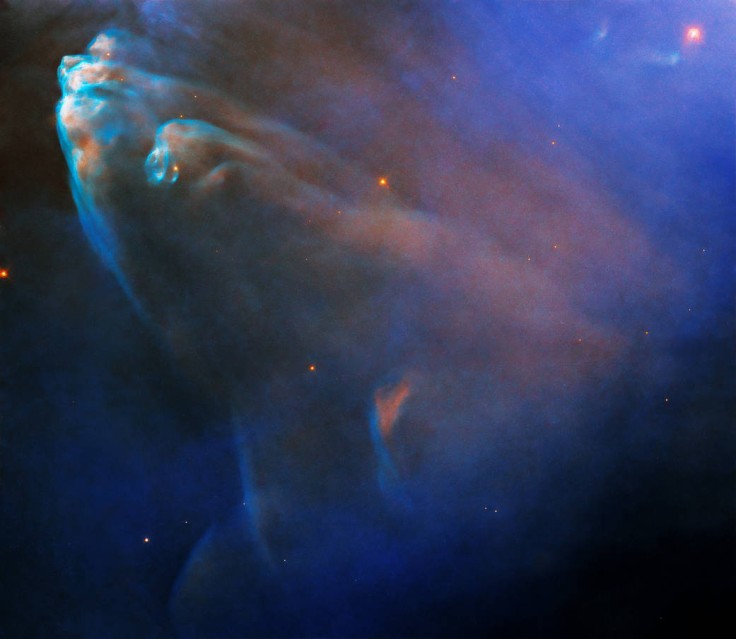
The telescope captured this photo which features a Herbig-Haro object known as HH 45.
"Herbig-Haro objects are a rarely seen type of nebula that occurs when hot gas ejected by a newborn star collides with the gas and dust around it at hundreds of miles per second, creating bright shock waves," NASA said. [read more in this report]









